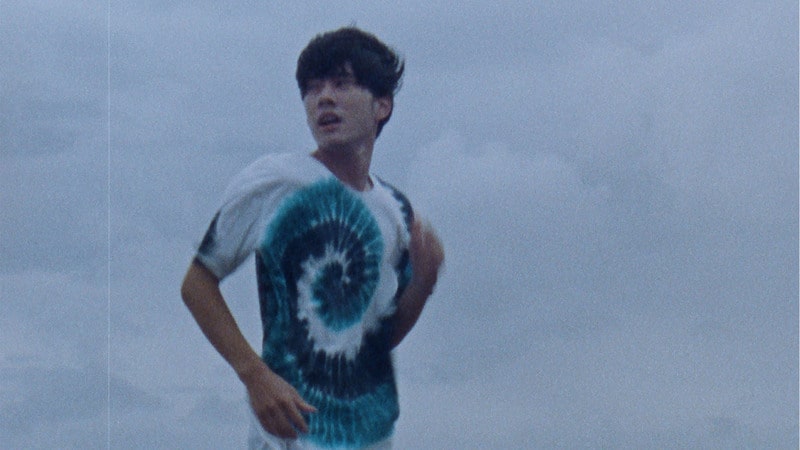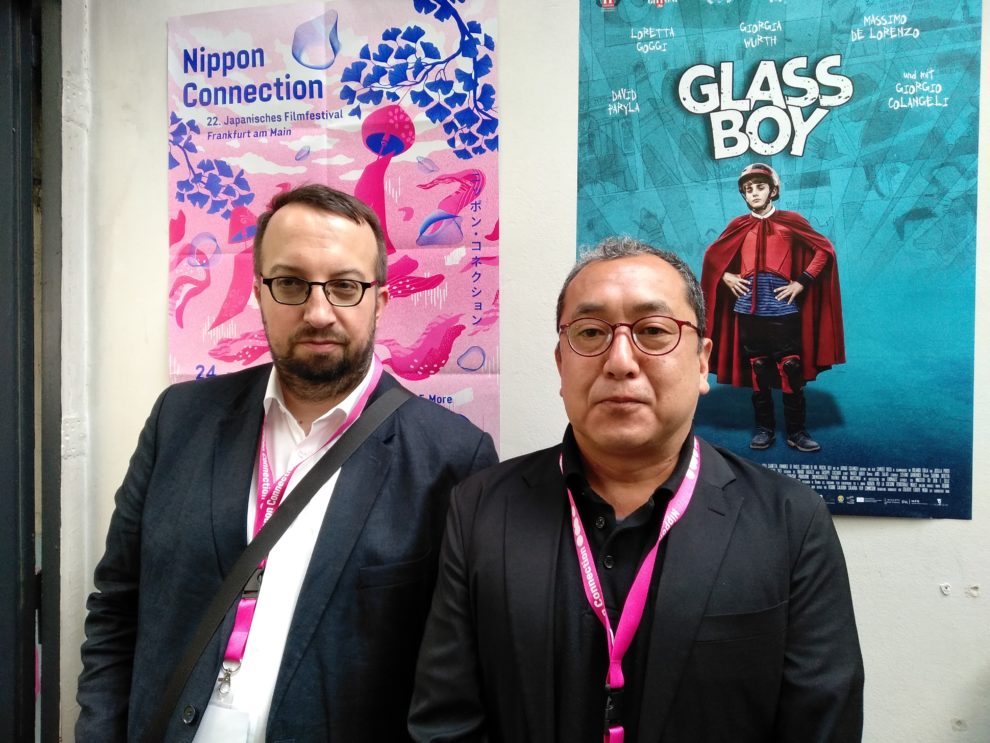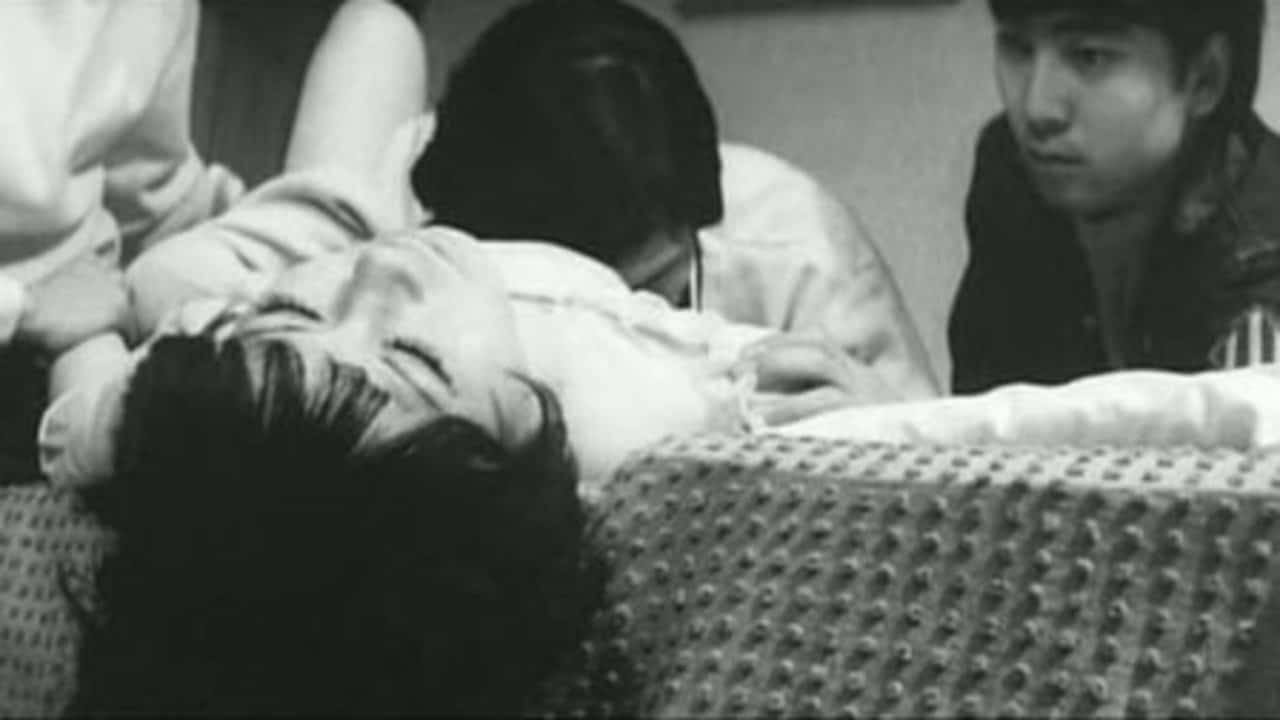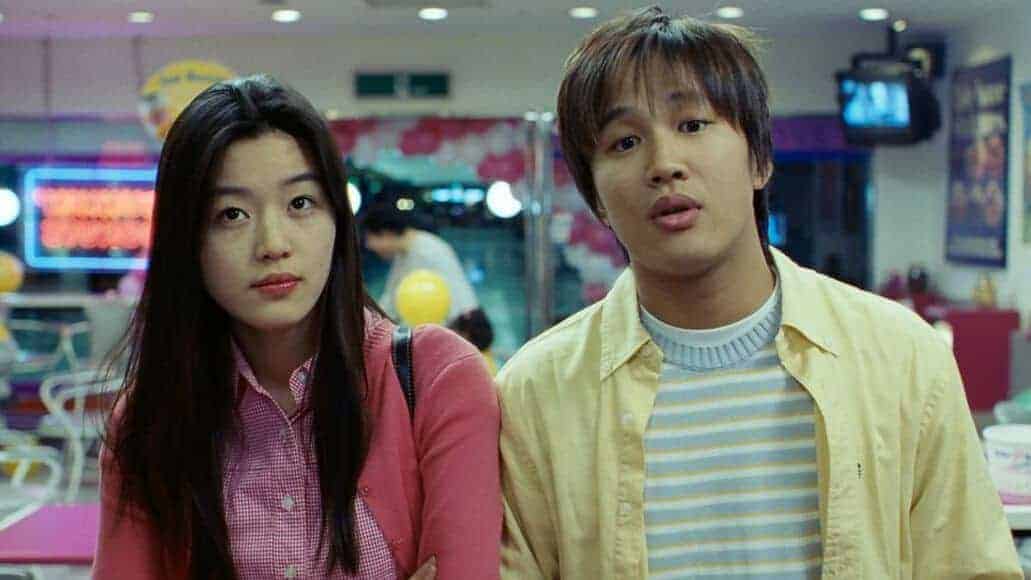Kohei Sengen is a Japanese director and screenwriter. After graduating from Tisch School of the Art in New York in 1995, he started making independent movies such as “No One Can Draw My Picture” (2019), mostly shot in 8mm. In his writings and projects, he mainly focused on themes such as the passing of youth and the concepts of time and place. Besides his activities as a director, he is also one of the organizers for The Seventh Poetry Society, a group of independent filmmakers.
In 2021, he directed his first feature film titled “Song of a Dying Summer”, which had it world premiere at Nippon Connection 2022.
On the occasion of his film being screened for the first time at a film festival, Kohei Sengen talks about the themes of “Song of a Dying Summer”, shooting in 8mm as well as the meaning of the locations in the feature.

The title of your first feature film derives from a poem by a Japanese writer. Could you perhaps elaborate on the poem and its connection to “Song of a Dying Summer”?
The title of my film is also the title of a poem by Chuya Nakahara, a poet who lived from 1907 to 1925. It is a very obscure text and not easy to understand, but its underlying theme has to do with the passing of the seasons and thus the passing of life in general. Since these concepts connected well to the story I was writing, I chose it as a title, but also because I like Nakahara's writings very much.
Since your movie, thematically and aesthetically, touches upon that idea, what do you think about the relationship of film, poetry and time?
When it comes to my projects, I tend to aim for a more poetic approach aesthetically. My viewer should feel first and then understand, following the logic of poetry. Secondly, if you want to talk about concepts such as the fleeting quality of life, I feel poetry, or a poetic approach is much more suitable to deal with these themes.
The main characters in “Song of a Dying Summer” are named Natsu, Aki, Fuyu and Haru. Is there a deeper meaning behind the fact these are also the Japanese names for the four seasons?
For those who are familiar with the construction of haiku, you will certainly know there is also the rule, each one should include words or phrases addressing the seasons. Given the poetic nature of the project, as we just discussed, I wanted to show how the changing and passing of each season mirrors the characters and their relationship with each other.

Can you say something about your collaboration with your DP Kazutaka Ito and your decision to shoot the feature in 8mm?
I have been working with 8mm films for many years now, but when I met Kazutaka for the first time, he was not really fond of the idea to shoot with this kind of film. (laughs) There is also a technical difficulty with this kind of format, as it does not allow camera movement, since the shot becomes blurry when it is converted into digital.
However, we had lots of talks about the look of the feature and eventually decided on a technique, which, I must say, I am quite satisfied with.
Besides time, space also seems to have a distinct meaning for the story of “Song of a Dying Summer”, as many of the locations, such as the railway, come up quite a lot. Could you explain the meaning behind this?
Thanks for bringing that up.
In a traditional Noh stage, there is a bridge called hashigakari, which symbolizes the connection between life and the hereafter, the inner and the outer world. The railway, which is a repeating image in the film, functions similarly. It seems as if the characters are crossing over, or traveling between these two worlds.

Since “Song of a Dying Summer” had it world premiere at Nippon Connection, what was it like experiencing your work for the first time with a movie audience?
First, I think I have to apologize to Nippon Connection because I misunderstood the concept of an international versus a world premiere. (laughs)
But coming back to your question, it was really great to see the film for the first time with an audience, and I felt really honored.
At that and the second screening some days later, “Song of a Dying Summer” was accompanied by a screening of Chiemi Shimada's short “Colwood Gardens”. Was that your decision, and what do you think about the link between this film and yours?
It was not my decision, but nevertheless there are some interesting similarities. Shimada's short was not shot in 8mm, I think it was 16mm, but is very artistic, affectionate and personal. I quite like it and I don't mind it being screened before my movie.
What do you think about the Japanese film industry at the moment?
To be honest, I am not so sure if we can still talk about a Japanese film industry anymore, for many reasons. The most important one is perhaps is that the people financing new features have virtually no clue about cinema as an art form and just care about making more money. Secondly, most of the people working on those productions are working as freelancers, which brings us to the third reason, which is how the industry has been dissolving thanks to video platforms such as YouTube and others, and people making their works rather for these platforms or media.
Do you already have plans for your next projects?
My themes have always been the same and will not change: youth and its impermanence. My next projects will also tackle these concepts, as they have always held a certain fascination for me.
Thank you for the interesting conversation.















